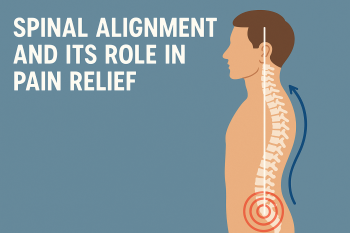
What are you going to do? Is it going to hurt? Do you “pop and crack” the neck? These are typical questions asked before beginning treatment in an upper cervical chiropractor’s office. To answer these questions it is easiest to help understand what upper cervical chiropractic care is. Chiropractors in general are well known to work with the spine and problems associated with the spine.
The cervical spine is referring to the neck. Upper cervical chiropractors have a specific focus on the top two neck bones, which sit just below the base of the skull. A quick Google search of the atlas and axis bones (top neck and second to top neck bones) will show that they are shaped completely different when compared to every other bone in your spine. This area of the spine is unique for two major reasons: mobility and the brainstem.
The upper neck is responsible for over 50% of all movement in your neck, which makes it the most mobile portion of your spine! Unfortunately, there is a trade-off in your body for all that movement and that shows up instability. As you increase the amount of movement somewhere you lose stability and increase the likelihood of an injury happening. Let’s compare to anywhere outside of the spine. Is it more likely to sprain your wrists, shoulders, ankles, and knees or break your arms or legs? Of course, sprained/strained injuries are significantly more common than breaks because those areas of the body move much more!
Effects of Upper Cervical Chiropractic Care
This leads to the second reason why the upper cervical spine is unique, the brainstem. The brainstem is the portion of the brain that sustains basic life functions like heart rate, breathing, and digestion as well as assists in maintains healthy brain function and balance/coordination.An accident or injury to the upper neck can lead to pressure on the lower portion of the brainstem which in turn can result in a significant number of problems such as neck pain, back pain, vertigo, or headaches. It can also contribute to much larger problems such as fibromyalgia, multiple sclerosis, Meniere’s disease, trigeminal neuralgia, and others. This problem is referred to as an upper cervical subluxation.





Leave a comment